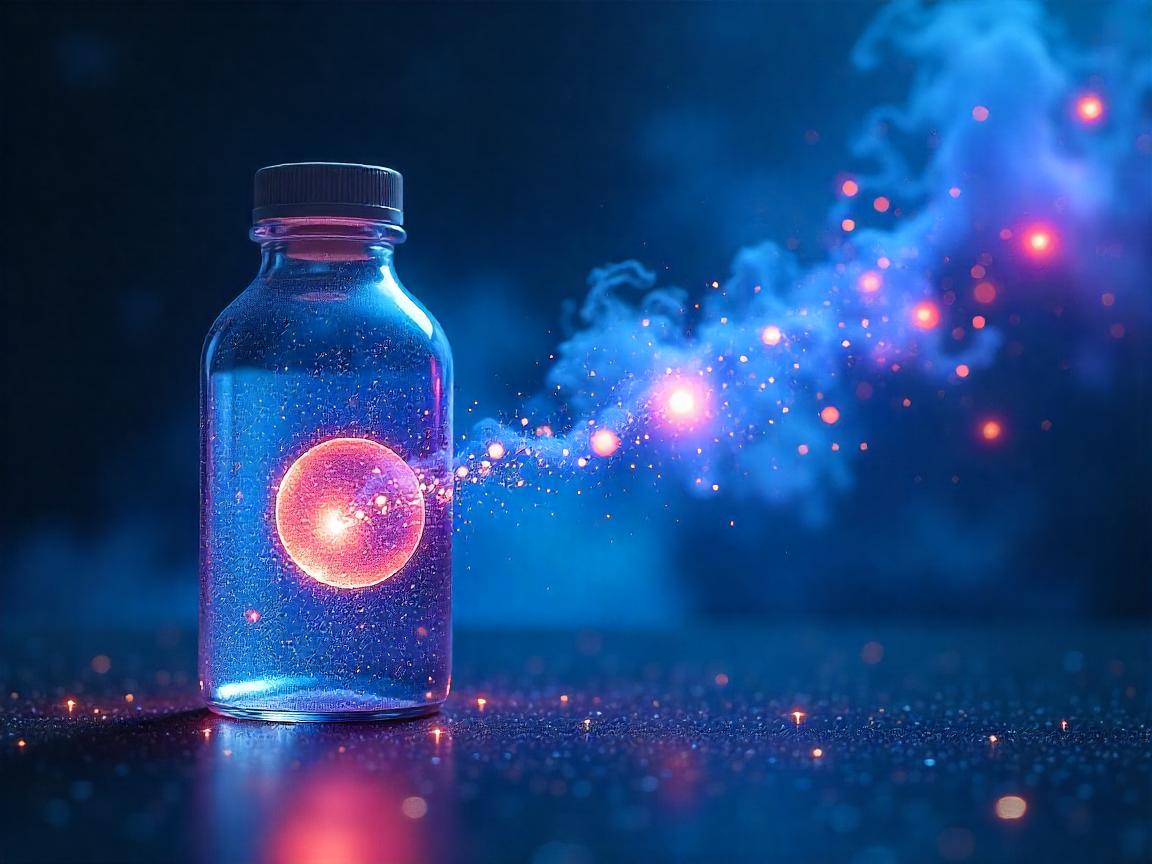
Invisible Hydrogen: For many years, scientists have been uncertain as to why results for neutron lifespans from various experiments are different. A technique is used where neutrons are confined in a bottle and their decay observed over time, finding that it takes about 878 seconds. Alternatively, neutron beams are monitored and the detection of their decay products results in an average halflife of 888 seconds. However, researchers have not been able to clearly explain why that 10-second gap exists.
A Radical Proposal: Neutrons Decaying into Invisible Hydrogen
A recent theory states that neutrons could in some cases convert into a hidden form of hydrogen that cannot be seen by light. Maybe this understanding can explain cases where decays go unnoticed in experiments and help clarify the difference in measurement. It is possible that, if there is such a hydrogen in space, it forms part of the strange dark matter that holds the universe in place.
Testing the idea by conducting experiments in real situations
To test this idea, physicists are using advanced laboratories all over the globe. Experts are running new experiments to try and find the fingerprint of elusive hydrogen. They often depend on special, very sensitive instruments to help pinpoint any signs of these hidden atoms. Results are positive, even though they are not yet conclusive. Consequently, better tools and going to greater depths have scientists guardedly optimistic that they may confirm or reject this possibility.
Implications: Particle Physics and Cosmology.
So, if neutrons do decay into invisible hydrogen, that can open up whole new vistas in science:
- Dark Matter: A Window is a science book. And finally – these hidden hydrogen atoms could provide long awaited look into dark matter and solve one of the greatest riddles in the cosmos.
- Early universe clues: Better understanding of neutron decay could provide a better basis for thinking about the early moments after the Big Bang.
- Building on a Nudge Unit: According to such a discovery such a thing is possible which would question the whole known physics, posing the way to understand in depth the forces which are acted on our universe.
Expert Insights: Perspectives from the Scientific Community
This theory interests a great many scientists. It is seen by some as a possible key to solving puzzles in particle physics and cosmology too. But excitement is high and they also know that only through rigorous experiments will it be proven. The current flurry of research is driven by that balance of hope and scientific skepticism.
Conclusion: It Is a Step Toward Discovering the Universe’s Secrets
The idea that neutrons might decay into almost invisible hydrogen is more than just a clever fix to an observed problem with some physics measurement. It may help us better understand how the cosmos works, it hints at dark matter and hidden worlds. Experiments are going on and results in next few years may radically change the way. We view the driving forces that go into holding everything in place. Physics is going to get weirder than ever.